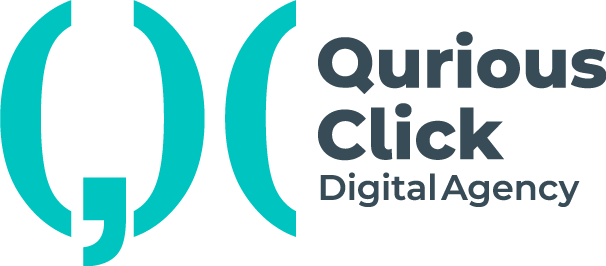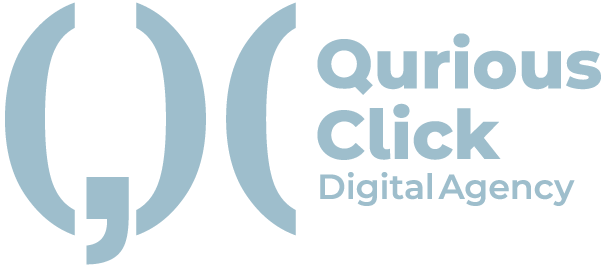Welcome to our blog, where we embark on a journey to unlock the secrets of maintaining a small but efficient team at an IT agency. In today’s fast-paced and dynamic business environment, effective team management is vital for success. By drawing wisdom from the top 5 management books we’ll explore key points and practical strategies to foster productivity, collaboration, and success. Whether you’re a seasoned manager or a curious team member, this authentic and easy-to-read guide will help you become a true leader in team management.
Building the Foundation – Key Insights from “Peopleware”
"Take care of the people, and the product will take care of itself." - Tom DeMarco and Timothy Lister
In this book, the authors emphasize that it’s not just about tools and processes; it’s about understanding the human factor in software development.
- Cultivating the Right Team Culture Building a strong team culture starts with creating an environment where individuals feel empowered, motivated, and engaged. Encourage open communication, provide opportunities for skill development, and promote a healthy work-life balance.
- Understanding the Human Factor in Software Development People are at the heart of any IT agency. Recognize the impact of stress, morale, and job satisfaction on the team’s productivity. Invest in team-building activities and celebrate accomplishments to foster a sense of camaraderie.
- Strategies for Effective Communication and Collaboration Clear communication is crucial for team success. Learn how to facilitate effective meetings, encourage knowledge sharing, and address conflicts constructively. Embrace collaborative tools to enhance communication and streamline workflows.
Agile Management Unraveled – Lessons from “Agile Principles”
"Individuals and interactions over processes and tools." - Agile Manifesto
In this book, we delve into the world of agile management, a popular approach for small IT agencies seeking flexibility and responsiveness to change.
- An Overview of Agile Methodologies Understand the core principles and methodologies of Agile, such as Scrum, Kanban, and Lean. Explore how these frameworks can be adapted to suit the unique needs of your small team.
- Implementing Agile Practices in a Small IT Agency Discover practical steps to introduce Agile practices, such as sprint planning, stand-up meetings, and retrospective sessions. Foster a culture of continuous improvement and adaptability.
- Adapting to Change and Embracing Continuous Improvement Agile embraces change as a constant. Learn how to manage change effectively, pivot when necessary, and continuously improve processes and products based on customer feedback.
The Five Dysfunctions of a Team – Lessons from Patrick Lencioni
"Not finance. Not strategy. Not technology. It is teamwork that remains the ultimate competitive advantage, both because it is so powerful and so rare." - Patrick Lencioni, "The Five Dysfunctions of a Team"
In this book, we explore Patrick Lencioni’s classic book, identifying common team dysfunctions and strategies to build a high-performing team.
- Identifying Common Team Dysfunctions and Their Impact Uncover the five dysfunctions that can hinder team success: absence of trust, fear of conflict, lack of commitment, avoidance of accountability, and inattention to results.
- Strategies for Building a High-Performing Team Address the root causes of team dysfunctions by nurturing trust, promoting healthy conflict resolution, and fostering commitment and accountability.
- Nurturing Trust, Conflict Resolution, and Accountability Learn practical techniques to establish trust among team members, encourage open and constructive conflict, and hold each other accountable for results.
The One Minute Manager – Key Takeaways from Kenneth Blanchard
"People who feel good about themselves produce good results." - Kenneth Blanchard, "The One Minute Manager"
In this book, we explore Kenneth Blanchard’s management classic, emphasizing the significance of clear expectations, feedback, and empowerment.
- The Art of Setting Clear Expectations and Providing Feedback Master the art of setting SMART goals and communicating expectations effectively. Discover the power of timely and constructive feedback in fostering continuous improvement.
- Motivating and Empowering Team Members with the One Minute Manager Techniques Explore the three secrets of the One Minute Manager: One Minute Goals, One Minute Praisings, and One Minute Reprimands. Learn how to strike the right balance between recognition and corrective action.
- Balancing Results and the Well-Being of the Team Discover how to create a supportive work environment that values both productivity and the well-being of team members. Learn the importance of individual growth and work-life integration.
Radical Candor – Embracing Honest Communication from Kim Scott
"Caring personally and challenging directly will improve your relationships at work, and it will also improve your life." - Kim Scott, "Radical Candor"
In this book, we explore Kim Scott’s concept of Radical Candor, where honest communication leads to improved relationships and team performance.
- Understanding the Importance of Candid Feedback Learn how Radical Candor encourages a culture of open and honest feedback, enabling teams to learn and grow together.
- Creating a Culture of Continuous Learning and Growth Discover techniques to provide feedback that is both caring and direct, fostering individual and team development.
- Striking the Right Balance between Care Personally and Challenge Directly Understand how to balance empathy and accountability when delivering feedback, ensuring a supportive and high-performing team dynamic.
Conclusion: As we conclude our journey through these insightful books, we hope you’ve gained valuable knowledge on maintaining a small team at an IT agency. By blending the principles of “Peopleware,” embracing “Agile Principles,” tackling the five dysfunctions, becoming a one-minute manager, and fostering radical candor, you’ll be equipped with a comprehensive toolkit for successful team management.
Remember, management is not a one-size-fits-all approach, but with continuous learning and implementation of these strategies, you’ll be well on your way to leading a thriving and cohesive team. So, take charge, inspire your team, and unleash the full potential of your IT agency!

